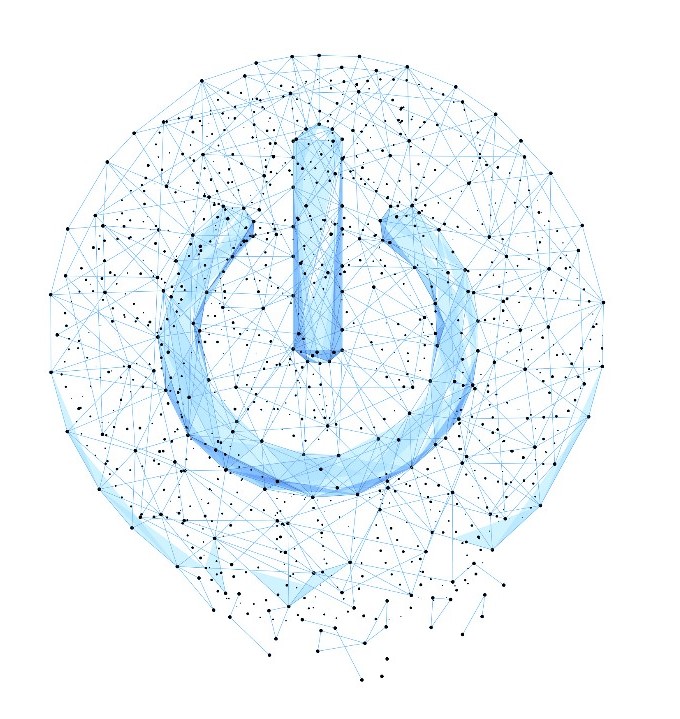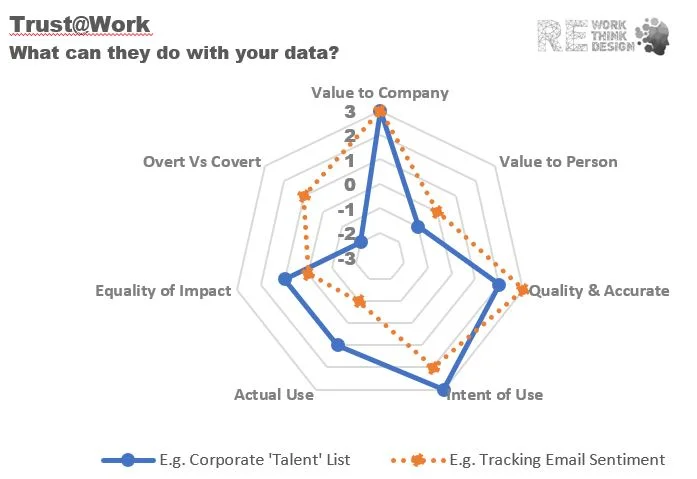New Insights Every CEO & Board Should See
Language analysis tools have exploded in popularity in the last few years with with plenty of data available plus leaps in both language and emotion interpretation. Enterprising analysts often test new tools on open-sources database including public disclosure data from corporate scandals.
Pioneering work in this space started in 2013 when Ikanow published analysis of Enron emails published during the FERC investigation. The Ikanow team identified sharp 'dips' in emotional sentiment in the person-of-interest emails at key points in the Enron timeline, raising questions about new forensic accounting applications of these tools
Fast forward to 2016 and KeenCorp analysts applied new tools to the Enron data. This time email analysis of the top 150 leaders identified a major anomaly on 29 June 1999..... over 2 years before Enron's bankruptcy and well ahead of any public problem, sanction or share market impact. What unknown event caused the largest engagement drop in company history and went on to irrevocably damage the company?
Andrew Fastow, Enron's CFO during the period, is cited in press confirming this plunge was the same day that Enron's Board approved the "L.J.M." proposal. For those who haven't read about Enron, LJM refers to the creation of various shell companies to buy poorly performing stocks from Enron to fraudulently boost Enron's profitability.
LJM created massive agitation in Enron's leaders however no 'red flag' was ever raised. This destructive spiral was all but invisible to the broader workforce, shareholders or external parties.
No company expects it's governance layers to be fool proof - each firm employs modern Sarbanes-Oxley governance controls, cultivates a whistle-blower network, has independent reporting lines plus encourages ethical behaviour in it's people. So these new monitoring methods that can see 'cataclysmic' events are a real breakthrough in managing the health and risks of companies and their teams.
Engagement surveys struggle to give the granularity that live text analysis tools can provide, nor can they easily identify the event or cause of major fluctuations, due to their fixed questionnaires. So companies are carefully exploring these 'live' measures of sentiment, gently working through (legitimate) workforce privacy concerns and exploring ways to implement or types of data anonymity.
These new live tools however represent a rare capability for CEOs and Boards to see beyond the stories being told to them by individual leaders, to look right into the heart of the company and it's people. Cataclysmic events like Enron are rare (we hope) but major corporate scandals continue each year, like clockwork.
Looking ahead, Boards will charge CHRO's to close that gap and take a bigger part in governance, sourcing live, granular insights on the 'health' of organisations and people. Simply put, Boards should now expect an active partnership across compliance, legal, HR and wellness groups to detect and manage problems brewing inside organisations, months before they impact the business.
---------------------------------------------------------------------------------------------------------------
Damien writes regularly about people at work and how we change. He is keen to create better Australian workplaces through his company RethinkHR. He has a passion for fresh new thinking, evidence-based practices and appealing designs and products.






